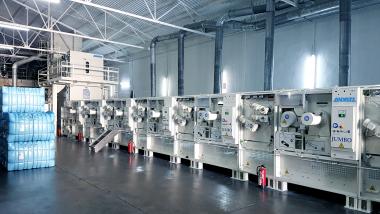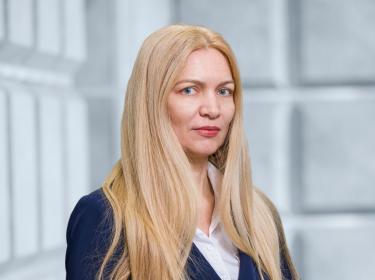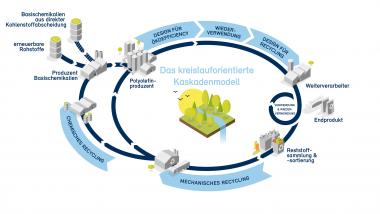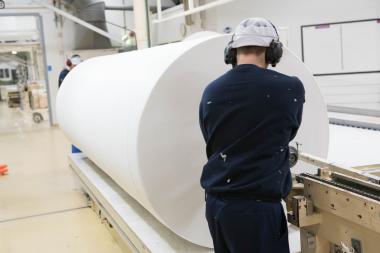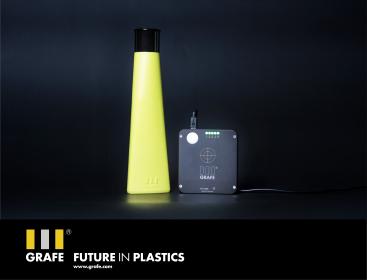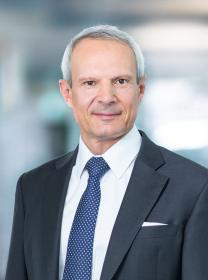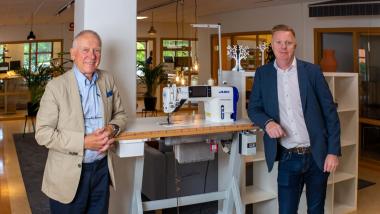CHT Group generates 62% of 2020 sales with sustainable products
- Sustainability Report 2020 published
As an internationally positioned company, the CHT Group is one of the leading suppliers of speciality chemicals. The company supplying chemical products for the most diverse applications and industries, presented their annual edition of the Sustainability Report, for the period January to December 2020,
The report has been prepared in accordance with the standards of the Global Reporting Initiative (GRI) and is based on the Core option. The focus is on human resources development, energy and water consumption as well as company-wide emissions and waste management.
Particularly noteworthy here is the group-wide reduction in specific resource consumption in the areas under review. In relation to the volume produced, for example, the following key figures show the reduction of environmental impacts:
- 21% share of renewable energies in total consumption
- 440,000 EUR investment in environmental protection and nature conservation
- 5.8% less energy consumption and less CO2 emission
62% of CHT Group's 2020 sales were generated with sustainable products. For this, 91% of the strategic raw material volume was sourced from suppliers classified as sustainable.
At the center of the report are the current working topics and outlooks that showcase CHT's commitment to sustainability and its innovative strength to achieve the United Nations Sustainable Development Goals (SDGs).
CHT considers 11 of the SDGs to be particularly relevant for the future of the Group of companies. For this reason, the recently revised global corporate strategy is directly geared to the Sustainable Development Goals of the United Nations.
The current edition of the report, which is published for the first time exclusively online in a resource-saving manner, is available here: https://sustainability-report.cht.com
CHT Gruppe




